Cycle 3 (2014 Deadline) “A Glass of the Sea:” an immersive, interactive, visual exhibition on the apex of the Earth’s marine life U.S. Partner: Terrence Gosliner, California Academy of Sciences (CAS)
Project Dates: September 2014 to September 2017
Project Overview
A Glass of the Sea was an impactful, immersive, interactive, constantly updated exhibition of the discoveries being made by the National Science Foundation (NSF)-funded expedition in the Coral Triangle. Its objective was to capture larger audiences, drawing attention to the astounding beauty of marine life and the compelling importance of conservation in the Coral Triangle. Using creative, interactive multimedia technology where guests’ gestures can summon graphics and impactful text, A Glass of the Sea palpably connected the science being done with the public understanding of such work. The “drinking glass" concept was implemented through a nearly 360-degree interactive screen showing the Filipino audience videos of the Coral Triangle's marine richness in three key areas in the Philippines (in Luzon, the Visayas, and Mindanao), which were identified in collaboration with the U.S. partners at the California Academy of Sciences. A marine conservation awareness campaign was also carried out nationwide to accompany the exhibit launch. .
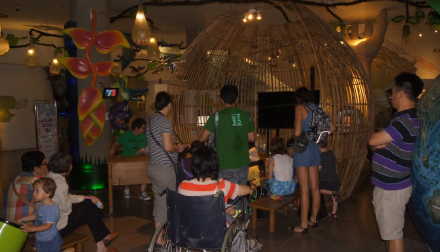 | 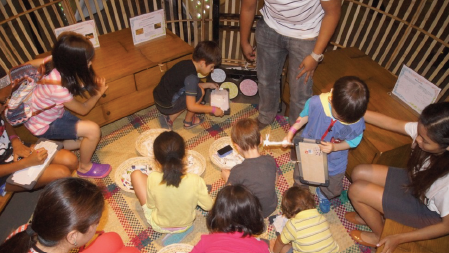 | 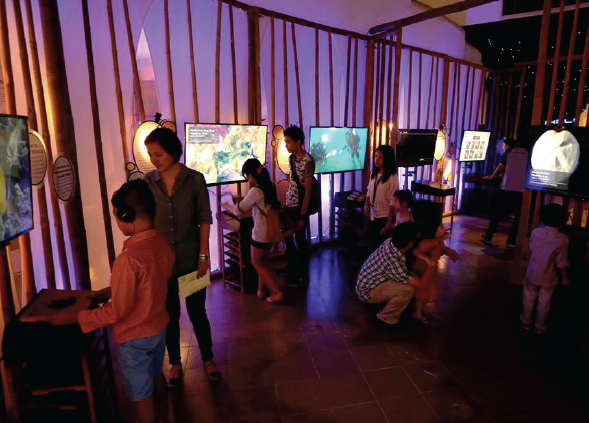 | | The exhibit has been a great success since its opening in Manila in July 2015. Participants enjoy family educational activities as well as an interactive and modern creature library (Photos courtesy of Ms. Garcia). |
Final Summary of Project Activities
A Glass of the Sea was created in July 2015 to build awareness of biodiversity issues in the Coral Triangle by highlighting the work done by the California Academy of Sciences. From that date through the spring of 2017, the exhibition was hosted in 12 high foot-traffic venues (versus the originally planned 3) across the Philippines—on Luzon, the Visayas, and Mindanao—and welcomed more than 100,000 guests (versus the target of 10,000). The results of surveys of exhibition visitors showed that more than 97% (versus the target of 70%) of the respondents positively answered questions related to increased awareness of the Philippines’ high marine biodiversity. Because this project was focused not on research but on public understanding of science, its impact could be evaluated based on insights from the survey findings. According to the PI, Maribel Garcia, these insights include the following:
- Communicating science cannot be separated from doing science if it involves public understanding and involvement in such issues.
- Exhibitions, if they are presented creatively and in novel ways, are very effective ways to increase awareness and understanding of scientific issues that affect the public. They should be considered an essential component of any scientific issue that needs to be publicly disseminated.
- People readily pledge action in concrete ways after they are made to understand the importance of a scientific issue.
- Partnership with venues that are highly visible to the public are also essential if the traveling exhibitions need to travel around the country (this exhibition partnered with a large chain of shopping malls, leveraging the interests of the mall owners and exhibition designers in attracting visitors).
- There is still a significantly large untapped audience that has yet to become aware of the unique richness of Philippine marine biodiversity.
The PEER team prepared a PowerPoint presentation for distribution to environmental NGOs and relevant government agencies, containing their findings and insights in presenting A Glass of the Sea and the role of exhibitions in increasing awareness of biodiversity and other issues that are critical for sustainable development.
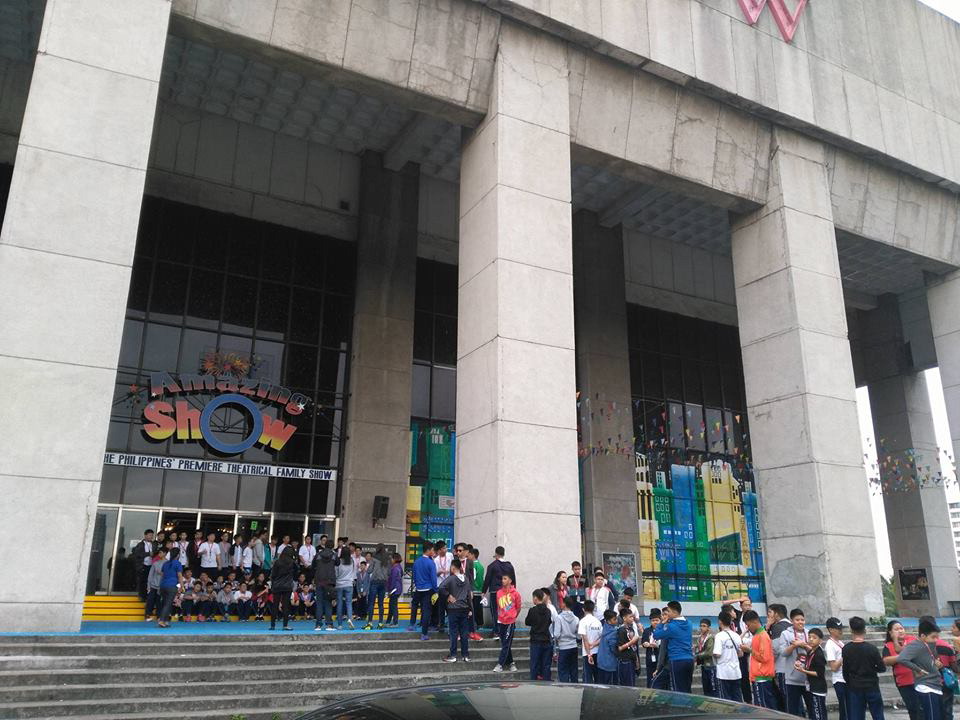 | 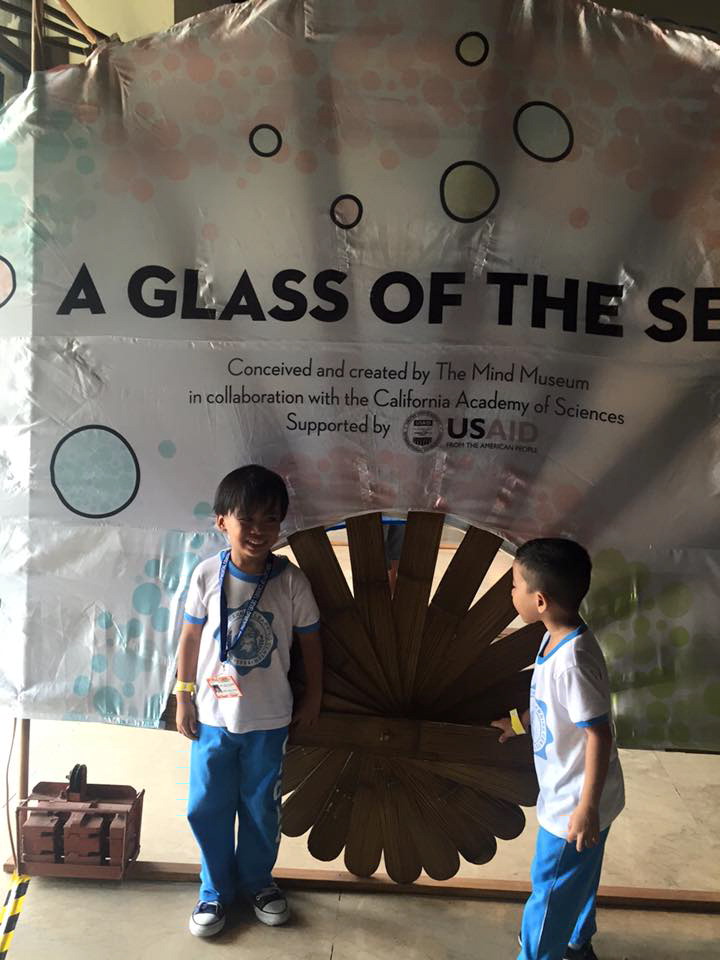 | 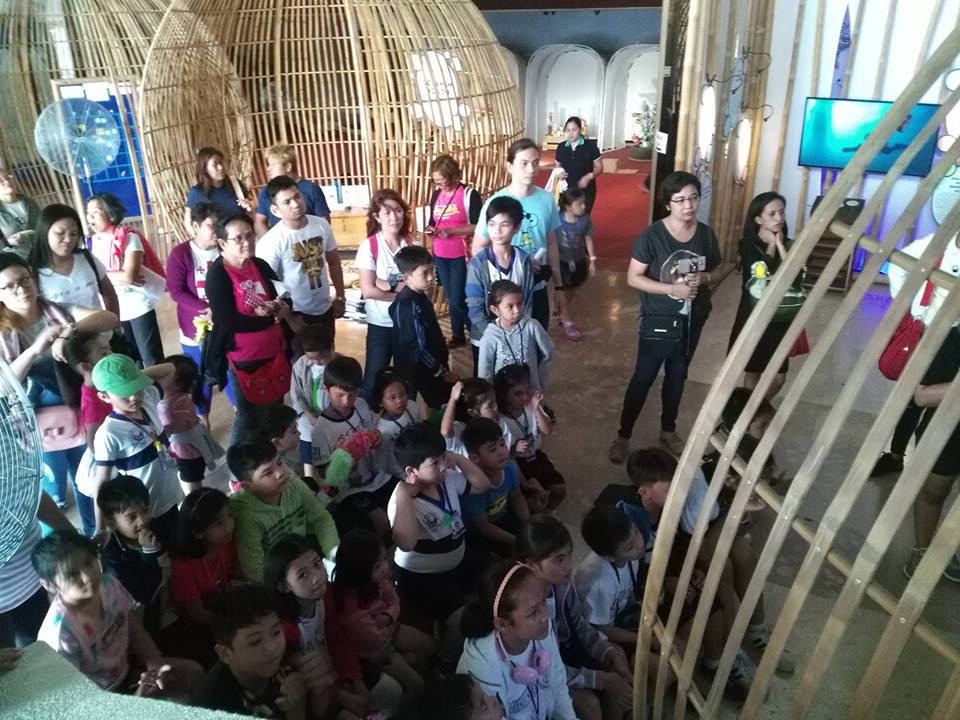 | 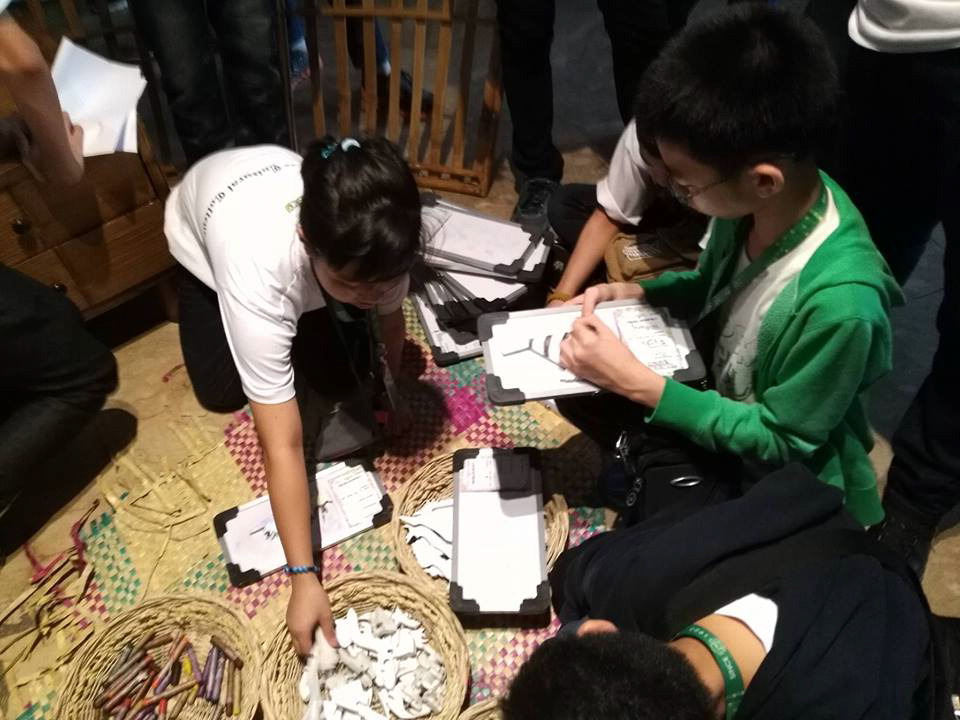 | | Exhibition at Manila Film Center, January-March 11, 2017 | | | |
| 









